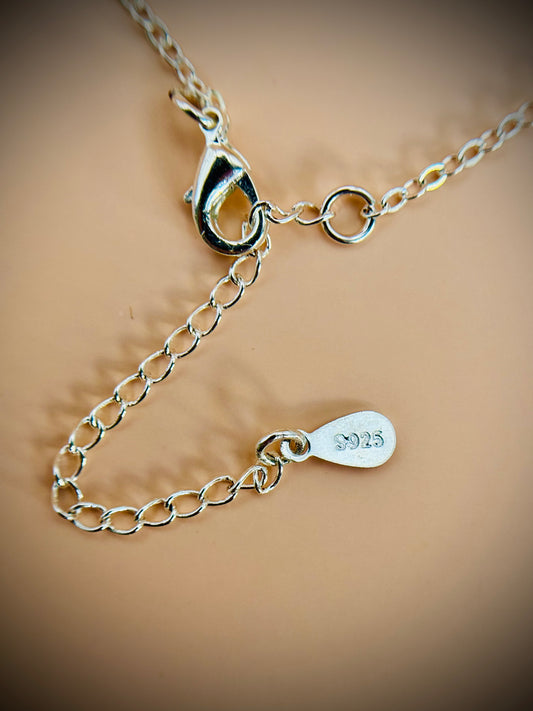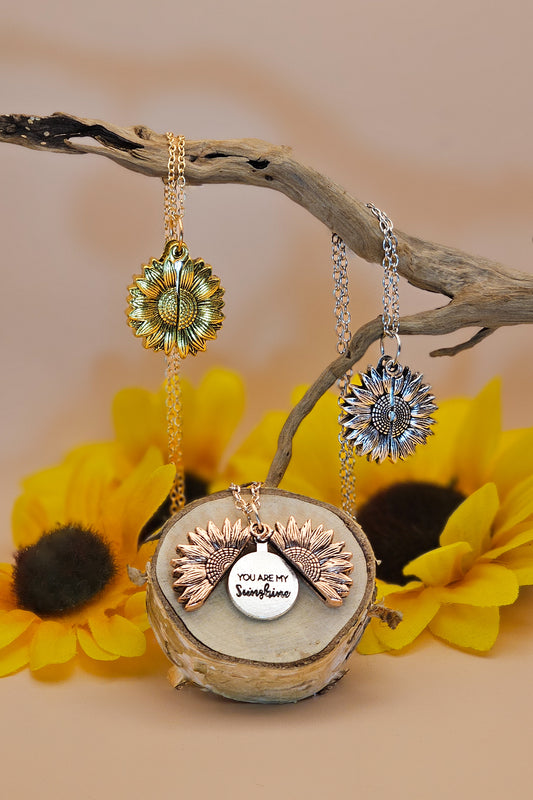Have you ever wondered if a honeybee knows which flowers she is looking for? Or what the nectar tastes like from one flower compared to the other? Especially on her maiden flight when she leaves the hive for her first foraging trip. How does she figure out that flowers are going to feed her?
Bees fully rely on flowers for their nectar and pollen, in other words for their sustenance. Bees must be good learners and be able to interpret flower signals. Knowing which flowers will reward them and which ones won’t, is key to their survival.
The honeybee brain is tiny compared to the human brain. It weighs under a milligram and has just 960,000 neurons, whereas a human brain has 86 billion. They have exceptional learning abilities and can do many challenging tasks, like simple math, discriminating sizes, navigating, spatial orientation, counting, and more.
In this unrelated 1:57-minute video by Bayer Bee Care Center Adrian G. Dyer discusses bees recognizing human faces:
A recent paper by Scarlett R. Howard, Postdoctoral Research Fellow at Deakin University, Adrian G. Dyer, Associate Professor at RMIT University, along with their team, was published in Frontiers in Ecology and Evolution with the goal of discovering whether bees have an innate “flower template” in their minds that lets them know what they are seeking even if they have never seen a flower before. Imagine if they kept searching for their food at the wrong flowers.
The story of bees and flowers is such that one survives thanks to the other. Not only do flowers give bees the food they need to survive in the form of pollen and nectar, but bees pollinate flowers so they, too, can survive. Flowers also in some cases provide housing resources to bees, like resin and leaves.
The researchers trained two groups of bees to discriminate between two sets of flower images. One group of bees had been raised in a greenhouse hive without flowers, so they had never been exposed to flowers. The other group was made up of experienced foragers that had encountered many flowers.
Bees got a sugar water reward for choosing the right option when directed. The bees in both groups were also trained to discriminate between the same flowers with petals separated and randomly scrambled. Both groups of bees did better with the whole flowers than the scrambled flowers and learned more quickly.
Since pollinators and flowering plants have been partners for millions of years their relationship often results in flowers having evolved signals like shapes, colors, patterns that are attractive to bees. The researchers’ findings showed that bees quickly learn to discriminate between flowers with slightly different shapes, just like humans can distinguish between faces. They wanted to discover how bees find flowers on their first foraging trip, and if experienced foragers had a foraging strategy bias and flower preferences.
The results revealed that the flower-naïve bees had less bias in learning to discriminate between the scrambled flowers, which the experienced foragers couldn’t do. These results indicated that flower-naïve bees have an innate flower template that helps them learn new flowers and discriminate between them. Experienced foragers get biased to certain flower shapes as they gain foraging experience. This indicates bees begin with an innate flower template to first find flowers and draw on their past knowledge as they become more experienced.








